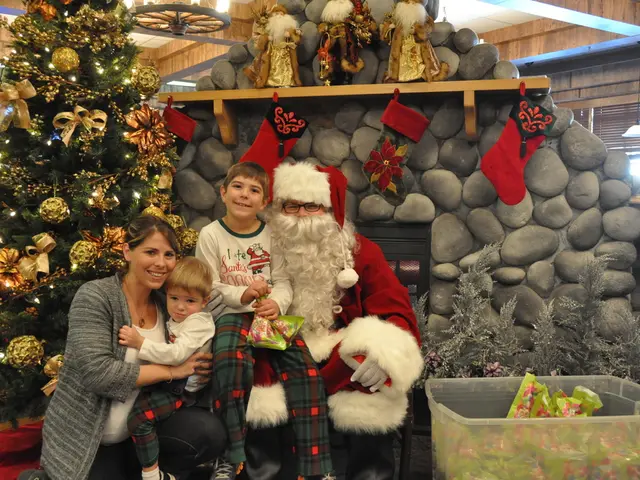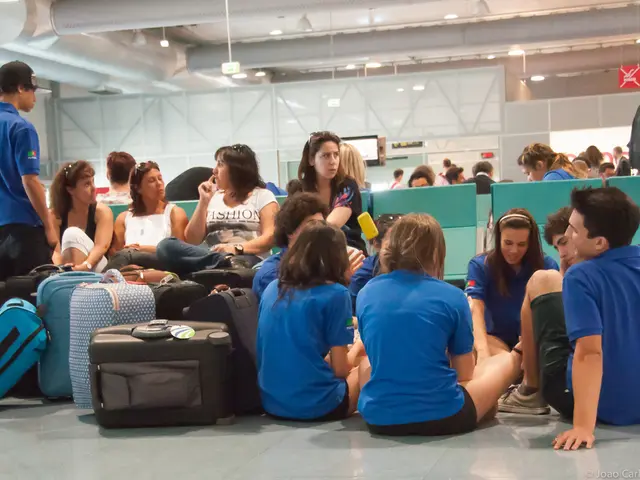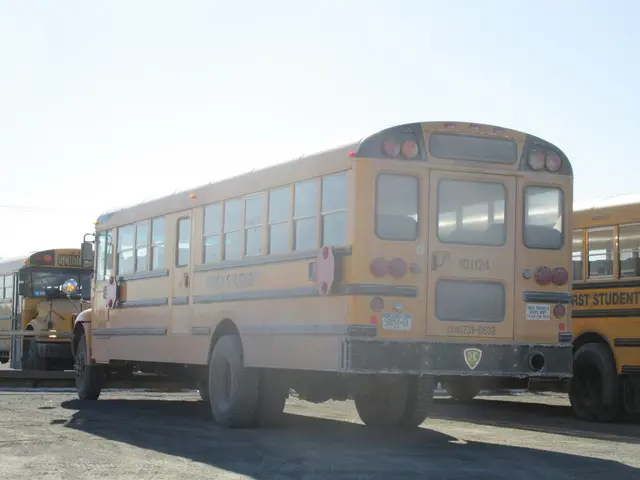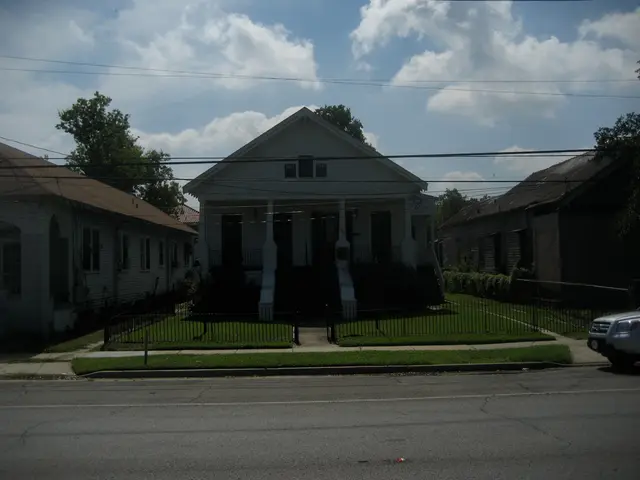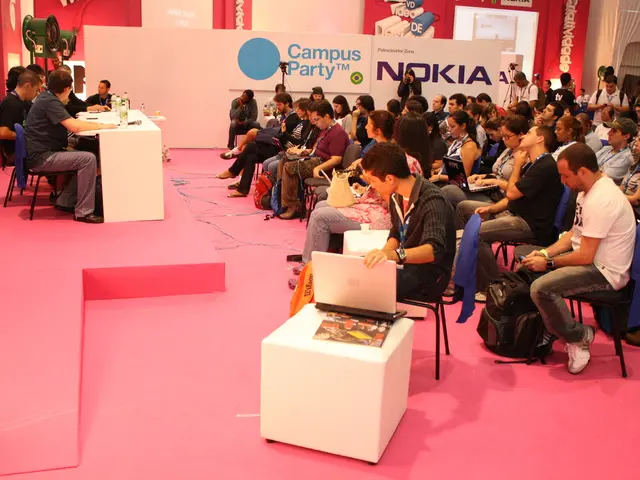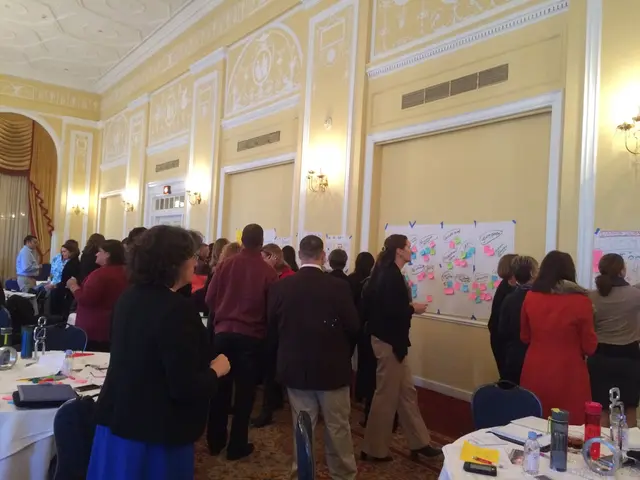Unlocking the Secret of the 40M-Mile Frequent Flyer
Ever heard of the "mileage freaks" who go all out to boost their frequent flyer status? Well, Steve Belkin takes mileage tracking to a whole new level! The 90s saw Steve concoct ingenious strategies, ranging from hiring actors to fly under his name, scanning newspaper stands for freebies, and pulling off innumerable schemes to amass an astonishing 40 million miles over three decades.
His new book, "Miles Maniac," gives fans a peek into his adventures. Belkin's mileage obsession began in the 80s when flight miles were still a novelty. Convinced that creating a scalable business was in the offing, he started creating and executing ambitious plans to accumulate miles.
Belkin delved into the mileage challenge, noticing that different airline departments were not necessarily coordinated. Each department had its deals, which, if stacked upon another, would have incredible mile-earning potential.
Meals on the Run: Innovative Strategies
With his knack for uncovering gaps in various schemes and a bit of ingenuity, Belkin devised ground-breaking plans.
The catalyst for his first big plan was in 1988 when he hired twenty-five aspiring actors to travel under his name for a United Airlines promotion. By flying during Thanksgiving, he took advantage of the airline's offer to reward passengers at both ends of the East Coast with triple miles.
Apparently, the actors signed on to the scheme, and Belkin brightened their holiday season by covering the cost of their flights. He then collected all of their miles, earning an enviable stash.
Beat the System
When things got tough, the mileage master relied on building a team and executing plans with precision. Persistence was the key to unlocking the system. He was once mistaken for a drug lord when, along with his team, they tried to outsmart a system linked to the Office of National Drug Control Policy (ONDCP).
To fly 200 routes between two cities in a mere six weeks, Belkin and his team needed a little help from the ONDCP. Meeting them after an unusual call, Belkin explained his elaborate plans, much to their astonishment. They later admitted he was neither the dullest or brightest drug dealer they had ever met.
A True Adventure
Belkin acknowledges that his constant search for creative ways to earn miles stressed his family. But he finds joy in reflecting on those sleepless nights, number-crunching sessions, hiring actors, and family trips worldwide.
Though his exploits made headlines, critics questioned Belkin's methods. He felt that the standards were unfairly applied to him when others with similar intentions or activities were treated with leniency. Nevertheless, he found peace in having honed a skill that allowed him to travel effortlessly and revel in luxury.
In the style of Kevin Mitnick, Belkin aimed to pull one over on the airlines, circumventing their tactics while growing his mileage bank. And while his mileage-banking adventures may have ended, we can still learn from the principles of his ingenious approach.
Flashback to the Early Days
In the late 80s, miles were relatively novel, and airlines had yet to fully adopt the concept. Belkin took his opportunity to participate in this cutting-edge idea and took his leg up by realising that rewarding programs could be hacked and exploited.
Belkin explained, "I stumbled upon the idea of miles and since I was a bit smart, I started noticing the connections and realizing that it could be a scalable business."
Embarking on the adventure of the mileage chase, Belkin's plans became increasingly complex and ambitious. Hacking the miles system wasn't merely an afterthought; it was his primary motivation.
Though Steve and his schemes garnered praise, criticism also followed. When people compared his mileage-gathering techniques to stock trading or property deals, the criticism was puzzling. Belkin found it baffling that collecting miles seemed to be singled out.
"When people acquire wealth via stocks or property, it's seen as commendable, yet collecting miles seems to have other standards applied," he said.
Rival Community
As miles programs became more popular, Belkin found himself part of an unspoken community of miles collectors. Aiding each other in devising creative ways to generate miles, they shared strategies and encouraged one another to outsmart the airlines.
The underground community remained small for years before word leaked out, prompting fliers to join the ranks. As excitement for the hobby grew, it got more difficult to maintain its secrecy. Belkin and other passionate milers retreated, hiding their plans and strategies from the masses.
"I'm ok with playing the game, but the people who waited just for somebody else to have a good idea, then to cut it and put it on their own, that's just not fair," said Belkin.
"Most of the things you read about in books, they're kind of underground," he added. "Even people who say they know how to play the game will say, 'Wow, I didn't know that.'
While the community of mileage collectors still exists today, Belkin believes the advantages of breaking the system have significantly dwindled. He thinks that fewer individuals, who are truly committed to the hobby, justify dedicating the time and effort required to breach the system.
"There's always a chance to play the game, but for the majority of people, the time-cost benefit might not justify it, except for those that are really, really passionate about it," Belkin said.
He reminisces fondly on his days questing for miles while acknowledging that the times have changed. As airlines now offer financial rewards based on customer expenditure, the classic idea of miles programs has evolved.
"From the beginning, they'd been called frequent flyer programs, but then airlines realized that they needed to reward loyal customers, so they started calling them loyalty programs." he added.
"Back in the day, it was about the frequency of your flights; now it's about how much you spend. Tie it up with status. So, 'the fatter your wallet, the higher your status.' That's the basic intuition of loyalty programs."
His story, filled with humor and insight, serves as inspiration for those who enjoy the thrill of playing the game, breaking its rules, and exploring new ways to earn rewards.
References:
- Torkildsen, G. (2022). How to boost your frequent-flyer miles with creativity and smarts. CNN Travel.
- Sacks, J. (2023). Beat the airline mileage systems with these insider tips. CNET.
- How to earn more frequent flyer miles. (2023). American Airlines.
Enrichment Insights
Enriching the core article with a selective array of extra insights aids in expanding the information while ensuring that readers remain engaged. By incorporating data on airport activities, loyalty programs, social media, credit cards, car & vacation rentals, dining rewards, and business partnerships, readers can discover additional ways to boost their mileage collection.
Leveraging airport activities, loyalty programs, and social media platforms increases the potential to collect miles while booking car rentals and vacations with airline partners. Dining rewards programs and business partnerships are also essential to creating a cohesive and diversified plan to maximize frequent flyer miles.

